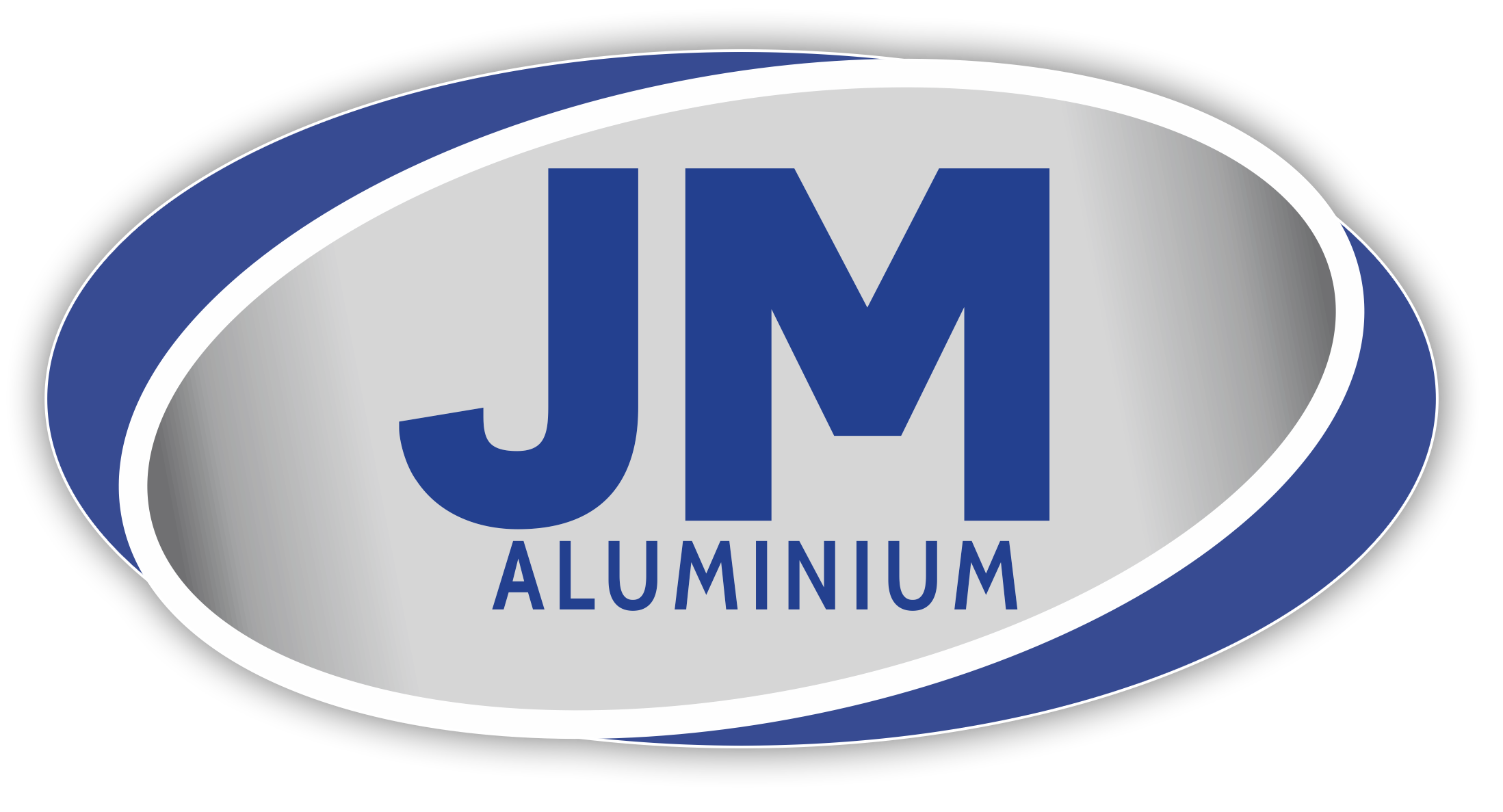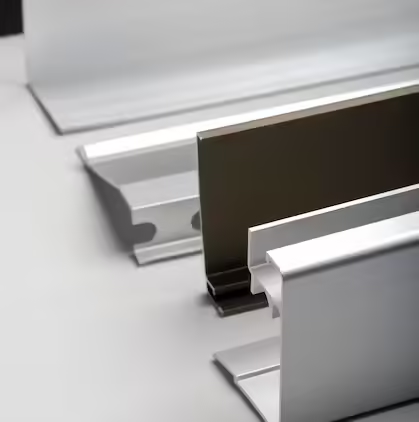Understanding Natural Anodised Finish: The Subtle Beauty of Aluminium
Natural anodized aluminium is increasingly applied in architecture and design purposes because it is the ideal combination of aesthetics, durability, and sustainability. Aluminium, therefore, has become a preferred material for most architectural applications. It involves an electrochemical process, which produces an oxide protective layer over the surface of aluminium. The anodizing process heightens the inherent properties of the metal. These include its ability to withstand wear and corrosion, including the protection from damage caused by the environment. Aluminium processed without added dyes or colourants will have a natural anodised finish. This has a subtle metallic appearance with several benefits that make it ideal for modern and traditional architectural designs.
Resistance to Corrosion
The durability is the main reason why natural anodized aluminium is taken into consideration in architecture. However, by nature, aluminium resists rusting, but this process of anodizing improves it. The oxide layer, formed on the surface of the aluminium, is a good protective covering from moisture, salts, and other environmental factors causing corrosion. This makes anodized aluminium ideal for coastal regions where salty air causes extreme wear and tear on materials.
Besides the feature of resisting corrosion, anodized aluminium resists fading and wears even under extreme climates. It is hard and abrasion-resistant, hence ideally suited for architectural applications, exterior and interior, which are often handled or exposed to the weather.
Aesthetic Appeal and Design Flexibility
The understated and sophisticated quality of natural anodized aluminium. Subtle metallic sheen lends the material a new attractiveness in aesthetic ways by providing versatility that fits most architectural designs. The finish, in terms of retaining the original aluminium colour with nature and texture, portrays modernism and sleek styling. Unlike most paints that fade away and often crack off over some passage of time, natural anodized aluminium presence remains quite intact through centuries without much after-care or retouching.
Anodized aluminium features a metallic luster and reflects light; hence lustrous appearance can be used for enhancing the overall visual dynamics of a building or structure and creates interesting lighting effects when applied to large exterior surfaces or in areas where light functions are important, such as facades, windows, and interior partitions.
Anodized aluminium is flexible in designs, as it can be created into many profiles. The peculiar shapes and forms that can be achieved by custom extrusion profiles will be enhanced by the anodizing process. Whether applied as a cladding material, as window frames, or even as an interior product, natural anodized aluminium gives architects the scope to produce innovative and unique forms.
Low Maintenance and Long Life
Another good feature is anodized aluminium, mainly because it requires very low maintenance since the anodizing process will enhance the hardness of the surface, which would appear soft on the metal if left unanodized. It becomes scratch-proof and resistant to stains and dirt, and because it already has the protective oxide layer, its pollution does not build up to make it harder to maintain. Natural anodized aluminium does not flake or chip, and it never discolours with age so there is very little future maintenance or refinishing required.
The second characteristic that makes anodized aluminium sustainable is its durability, as it lasts long without becoming outdated. This, therefore means longer periods to replace, thereby minimizing the demand for raw material and waste. By this attribute, anodized aluminium is advantaged by the natural life of a long-lived and thus economical material for environment-friendly architecture.
Sustainability and Environmental Impact
Anodized aluminium is relatively earth-friendly to architects and designers. Aluminium itself is very sustainable because it is 100% recyclable. The anodizing process did not have any toxic chemicals, and there was also no toxic byproduct due to the process. In addition, the oxide formed from the anodization process is nontoxic. Therefore, anodized aluminium is sustainable in green buildings.
Natural anodized aluminium possesses strength and durability that hence reduces the replacement of material that will have to be replaced in the future time, together with saving resources. Aluminium, being so lightweight, will conserve energy during the mode of transportation and mounting process due to its lesser transport or material handling against any weight counterparts. The recyclable nature of aluminium is that materials reaching the end of their life cycles are recycled and reused in the production of new aluminium products.
Anodized aluminium upholds the principles of sustainable development and green architecture to support projects seeking LEED certification or other environmental standards.
Better Fire Resistance
Actually, it has survived fire better than so because, technically, aluminium cannot burn. Of course, as critical in the theme of styles in architecture is that meant to be used for an urban and industrial look, it’s really here where fire security counts: using makes natural anodized aluminium such an obvious material choice not only for purposes of fire resistant cladding but of integrated construction elements so as to satisfy facade functions at high temperatures as well.
Furthermore, anodized aluminium does not produce toxic fumes or toxic products that would be produced during its burning. Hence, architects and designers who are looking for non-toxic fire-resistant material in their construction projects have a reason to smile.
Light in weight as well as easy to carry
Aluminium is light; hence, there are numerous advantages to using it in architectural applications. It will decrease the labour cost as well as the process of construction since it is lighter, and its installation and handling are easier compared to heavier materials such as steel or concrete. Its lightness will contribute to energy efficiency in the building since the structural components will have a lesser load, and its thermal performance will be retained.
It is also very suitable for aluminium due to its favourable strength-to-weight ratio, apart from a natural anodized finish. So, it may be employed in facades, window frames, doors, and curtain walls where durability and easy maneuvering are important.
UV Light Resistivity
Unlike other products that break or fade with time, natural anodized aluminium resists UV radiation for long exposure to UV light. The protective nature of the anodized oxide layer is similar to a shield in which no UV rays can pierce into the core of the metal so that it would weaken and fade out. Hence, the use of anodized aluminium is best suited for facade components, sunshades, or even decorative panels that are exposed directly to sunlight.
Apart from preserving its colour and strength in direct sunlight, anodized aluminium ensures that a building maintains its aesthetic integrity by looking fresh for decades in areas of intense sunlight exposure.
Conclusion
The anodized aluminium reflects that it is among the most valuable materials being utilized within architecture and design. Considering all these factors like strength, aesthetic value, sustainability, and less maintenance, the material has proved to position itself in a lot of applications by architects and designers. As it is flexible, robust, and friendly to the environment, the material presents itself as the ideal option for cladding, window frames, structural elements, or even decorative details to architects and designers.
Yes, it is going to be natural anodized aluminium extrusions profiles again for the increasing demand for more beautiful and environmentally friendly designs. Such a material could indeed make the world fulfill its demands for functional and visually acceptable solutions in the area of modern architectural designs. With its remarkable performances and incomparable beauty, natural anodized aluminium promises to be one of those materials whose importance in architecture will rise only with the years passing.




